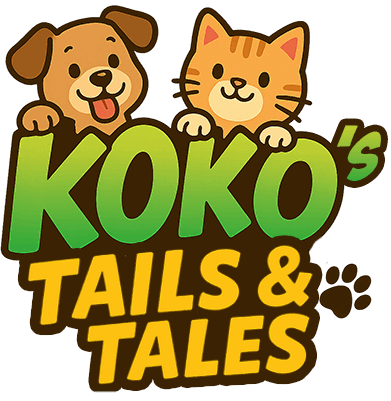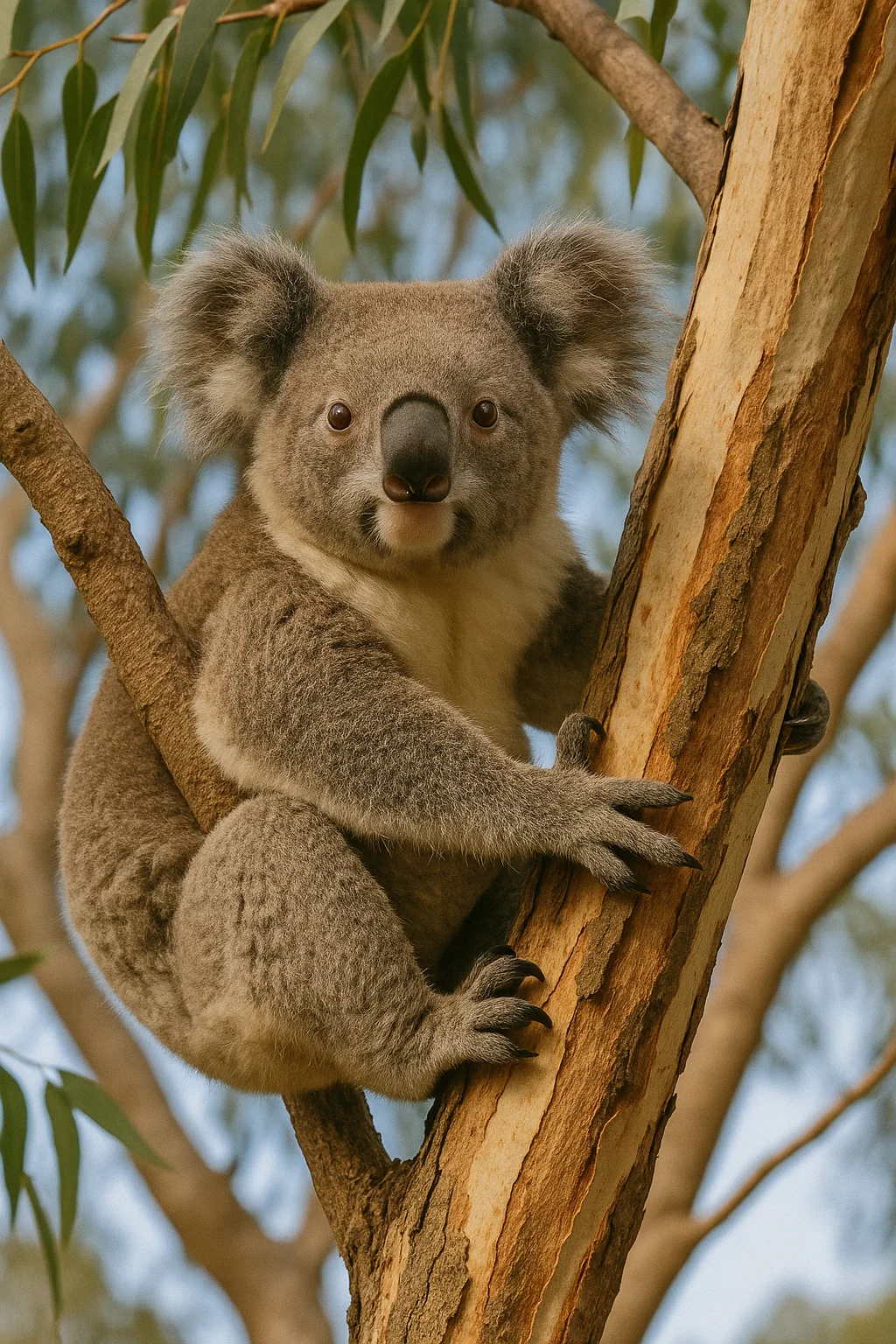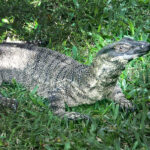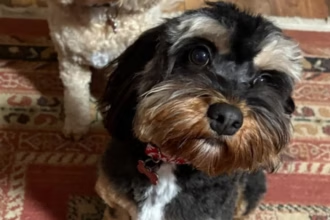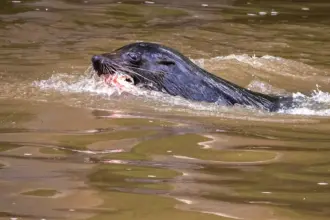Hope for koalas feels close to home
Out here on the Hawkesbury I still look up at dusk and half expect a round little face to peek from a fork in the gums. Goldie used to spot them before I did, tail wagging, nose up. So the news that Australia has approved a single dose vaccine to protect koalas from chlamydia landed like a beam of light through the trees. Years of research at the University of the Sunshine Coast have turned into a tool carers can use in the real world.
What the vaccine aims to fix
Chlamydia in koalas is not a small irritation. It steals sight, blocks reproduction, and grinds down already stressed mobs until joeys stop coming. When that happens, silence spreads through places that once rustled with sleepy bodies shifting on the bark. A vaccine that prevents disease or softens its blow gives carers a way to cut sickness and lift survival in wild groups.
Where the rollout begins
The first focus sits in Queensland and New South Wales where infection rates can surge and rescue teams already work at full tilt. Wildlife hospitals and field crews can now add the vaccine to their kits alongside fluids, antibiotics, and eucalyptus leaf. The shift from trial to action means each rescued koala that qualifies can leave care with a better chance to breed and live longer back in the trees.
Medicine helps but habitat decides the future
No treatment can replace a living forest. Without connected blue gum and tallowwood you do not get healthy koalas no matter how clever the medicine. Fire, drought, roads, and clearing slice the map into islands that are too small for mums and joeys to thrive. Conservation groups keep repeating a simple truth. Protect trees and the vaccine can do its best work. Lose trees and nothing else will hold.
Moves to protect more trees
Recent announcements point to new protections and pauses on logging across key corridors. For anyone who watched smoke roll over the ridges in grim summers past, that matters. When agencies set aside habitat, mothers can climb and feed without constant pressure. The bush stitches itself back together. Every hectare that connects to the next turns a scattered set of trees into a home range again.
A mother and joey show what success looks like
Policy feels distant until a single animal makes it real. In Port Macquarie a car strike in June brought an adult female named Jody and her joey Myka into care. Staff stabilised them and watched them heal. Not long after, both were accepted into a wild koala breeding program at Guulabaa, the Place of Koala, in Cowarra State Forest. It is a quiet story. A mother, a joey, a safe patch of bush, and a future that suddenly looks possible again.
What carers and communities can do next
Rescue crews will keep doing the hard yards. They will assess, treat, vaccinate, release, and monitor. Community members can report sightings, slow down on forest roads at night, plant food trees, keep dogs under control near koala habitat, and back local groups with time or funds. Small acts stack up. A single call about a dazed koala can save a mother and all the joeys she might raise.
Why this news matters to me
Living on the river teaches patience. Storms pass. Ticks return every summer. Gums drop limbs when you least expect it. Still, the bush endures when we give it room. A little vial in a cooler bag, a map of protected woodland pinned on a wall, a mother and her joey climbing into safe blue gum. Each piece feels small on its own. Together they tell a story I want to keep reading.
The path forward
The way ahead is clear enough to write on a single line. Fewer infections, more trees, safer crossings, and steady hands in wildlife care. If we keep that line in view, more of us will look up from a track one morning and smile at a round little face wedged in a fork of a gum, and we will know we helped keep it there.
